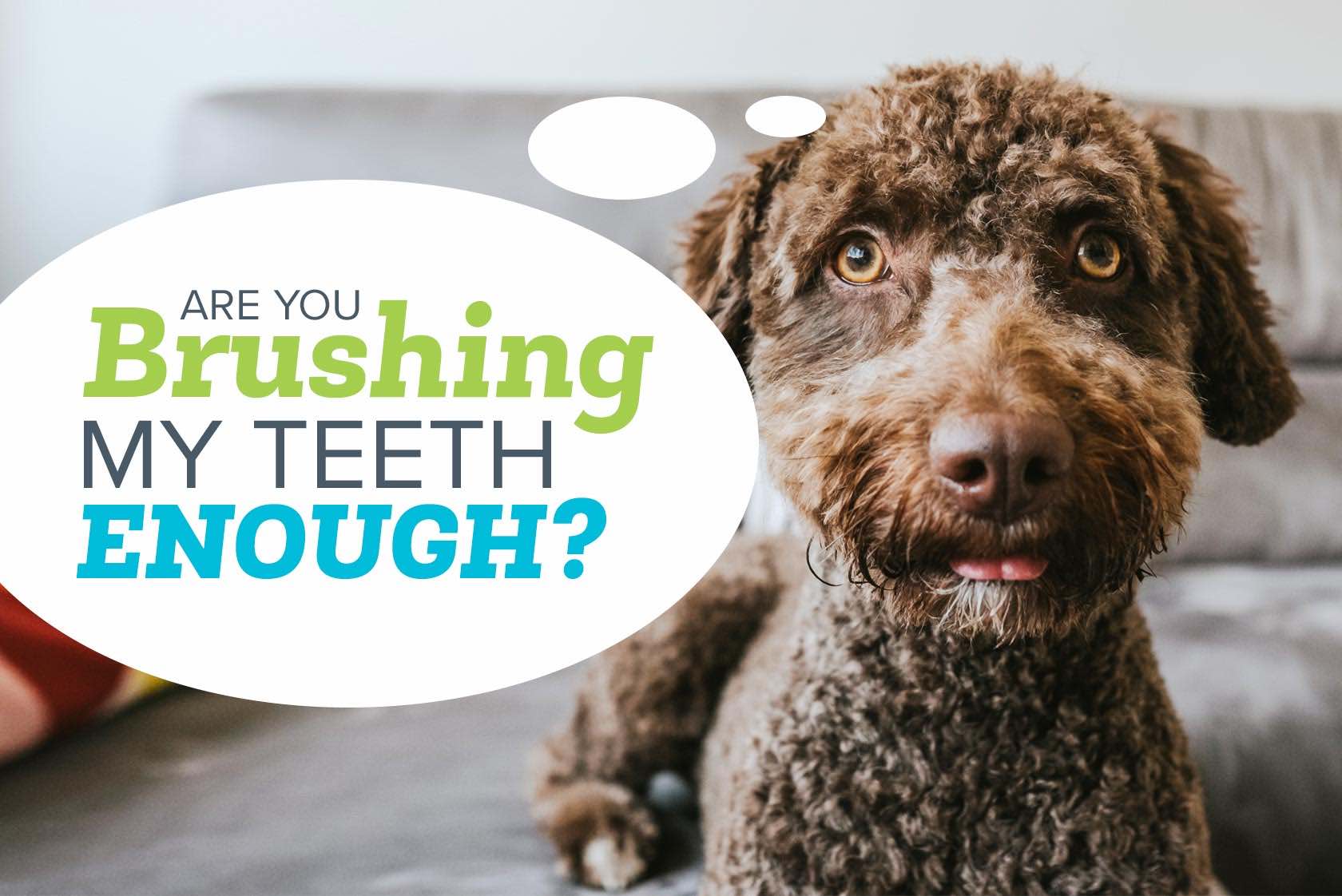Does your usually cheerful dog seem a little off lately?
Dog depression isn’t in your imagination … just like people, dogs get sad too.
If only they could talk and tell us how to make it all better.
Even though they can’t “use their words,” there are signs of depression in dogs to watch out for, and many natural ways to get their tails wagging again.
Keep reading because we put together everything you need to know about the causes of dog depression and what to do about it.
How to Tell if Your Dog Is Depressed
The symptoms of dog depression aren’t so different than the symptoms that affect us humans (minus chewing up the couch). If you notice any of these signs of dog depression, take heart – there are many easy steps you can take to boost your pup’s spirits.

Signs of Depression in Dogs
- Low energy
- Change in appetite
- Hiding or isolating
- Sleeping more than usual
- Howling or whining
- Excessive paw licking (a self-soothing behavior)
- Disinterest in activities the dog would normally enjoy
- Sudden aggression such as chewing up the couch or snapping at you
Oftentimes, dogs that are depressed will actually look sad. If you’re super in tune with your dog’s body language, you can likely tell if your pet is sad. (This can be harder to determine if you have a “sad-faced” breed like a Basset Hound or boxer.)
7 Reasons for Dog Depression
1. Change in the Pack
The passing of a family member (including other animals) is the most common cause of dog depression. Other changes to the pack, such as a new baby in the home or a new spouse or roommate, can also make a dog sad.
2. You’re Depressed
One of the amazing things about our faithful companions is how intuitive they are with our moods. If you get the January blues, have seasonal affective disorder (SAD), or are in a period of mourning, it could be that your pup is responding to your own grief.
3. Not Enough Exercise
Running around in the backyard just isn’t enough exercise time for the average pooch. In general, dogs need about 5 miles of walk time per week. Not only is this good for their physical health, but also their mental wellbeing. Be sure to let your dog take time to “smell the roses” (and the fire hydrants) during the walk to get the most enjoyment out of it.
4. New Schedule
Dogs love routines just like we do. If you have a drastic change in your work schedule and aren’t home as much, your dog could be sad during the adjustment period.
5. Negative Punishment During Dog Training
Dogs that act sad and withdrawn could be experiencing fear due to negative training. Whether it’s a shock collar, sprays, or vocal or physical intimidation, many dogs will stop offering up behaviors altogether for fear of doing the wrong thing. Studies show that positive reinforcement training not only makes dogs more obedient but also happier.
6. Physical Move
Let’s be honest – moving is not fun for anyone, tail or no tail. A move disrupts a dog’s entire routine and surroundings. You can help by giving meals/walks at the same time each day and getting their bed and toys set up as soon as possible.
7. Dog has Undiagnosed Medical Issues
Unfortunately, dogs can’t tell us when they’re in pain. Instead, they may just act mopey and disinterested in activities they would normally enjoy. Joint pain/inflammation and dental disease are two common medical issues that can cause a dog to act depressed.
Should You Consider Medication for Dog Depression?
If your dog’s depression sticks around after trying the natural approaches below, talk to your vet about prescription medication options to treat your dog’s depression. Usually dogs will only have to be on medication temporarily, around 6–12 months.
Like with any medication, there are sometimes side effects, from tiredness to constipation. Your vet will be able to help guide you to the right solution for your pet.
How to Help Your Sad Dog Feel Better
- Give it time. Long-term depression in dogs is rare. Often, time really is the best way to heal the wounds of doggy depression, especially if the cause is from a move, change in routine or pack members.
- Focus on what they love. If your pet is acting depressed, don’t force them into “fun” activities they don’t want to do … even if it’s something they used to enjoy. This could actually make their depression worse. Instead, hone in on the activity they still love and do more of that!
- Visit the vet to rule out medical issues. Because illness can often make a dog feel sad (or mimic the symptoms of depression), it’s important to make an appointment with the vet to make sure there’s not an underlying health issue at play.
- More attention. Dogs are happiest when they’re around their people. In addition to physical activity, “more attention” can be as simple as spending time brushing your pet or giving extra cuddles. If you’re unable to give your dog as much attention as he needs, consider doggy daycare or hiring a dog walker.
- Don’t overdo the praise. When your dog is acting depressed, don’t start pouring on the praise and giving a bunch of treats. They will think they’re being rewarded for their depressed behavior. Instead, treat and praise when they show interest in activities, whether it’s a car ride or a walk.
- Adopt another pet. If your dog is depressed from missing a fur-sibling, if your heart is open to it, consider bringing a new pet into the home. To make sure this is not a stressful situation for your pet, follow these dos and don’ts of introducing a new pet.
- Take care of your dog’s teeth. Periodontal disease is one of the most painful yet common health conditions affecting dogs. By age 3, 80 percent of dogs already show signs of gum disease.
The importance of adopting a home dental routine can’t be stressed enough … not only can this add years to a pet’s life, but it can ensure those years are happy and free of pain.
We get it – if your dog is already sad, introducing a new and potentially stressful routine like dog tooth brushing isn’t the best idea.
Problem solved with Oxyfresh Pet Dental Water Additive. This no-brush daily dental solution is tasteless and odorless – just add to your dog’s water bowl. No change in routine, no turning up their noses! Our secret ingredient Oxygene® fights plaque buildup and completely neutralizes stinky dog breath.
Oxyfresh Pet Dental Water Additive is non-toxic, vet-recommended and USA-made … best of all, it works to keep pets’ teeth and gums healthy.
Let’s spread some happy.
We love pets here at Oxyfresh and hope your precious dog is feeling better soon. If you know another pet parent with a sad pup, share this post with them.




